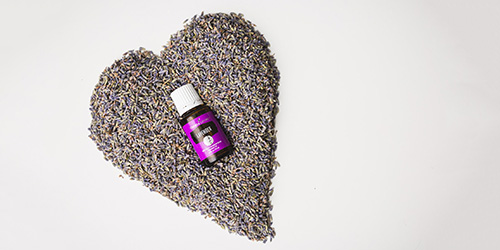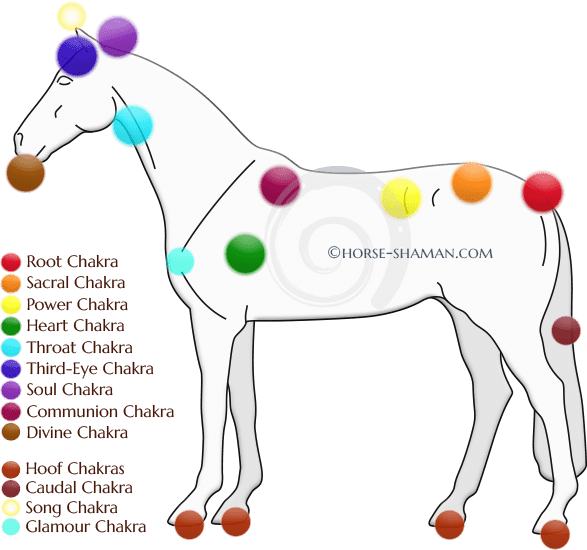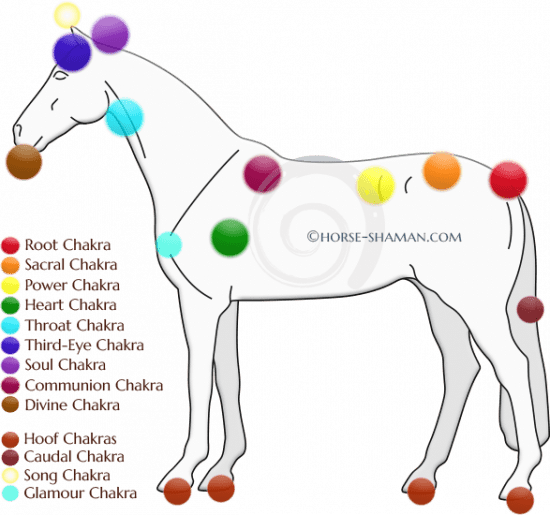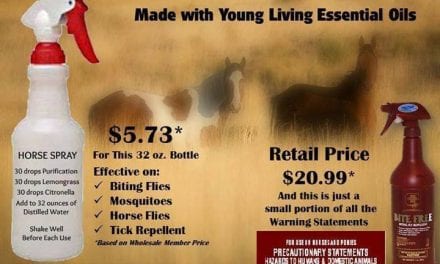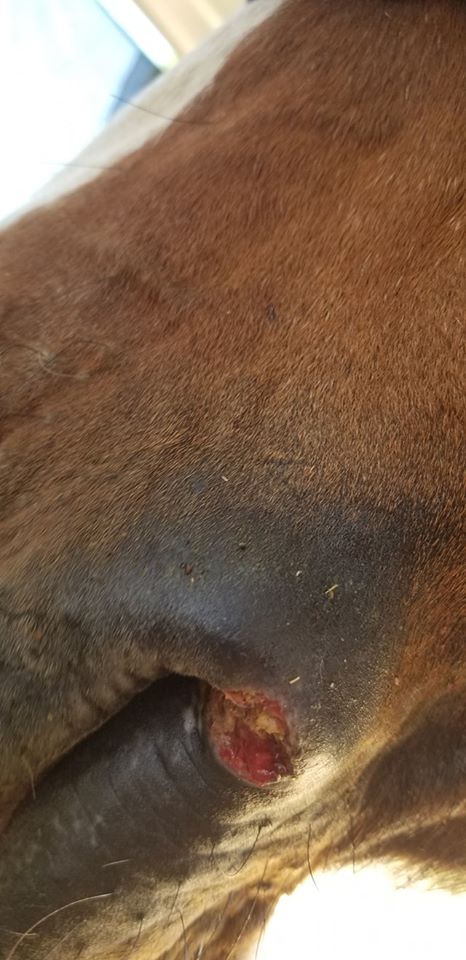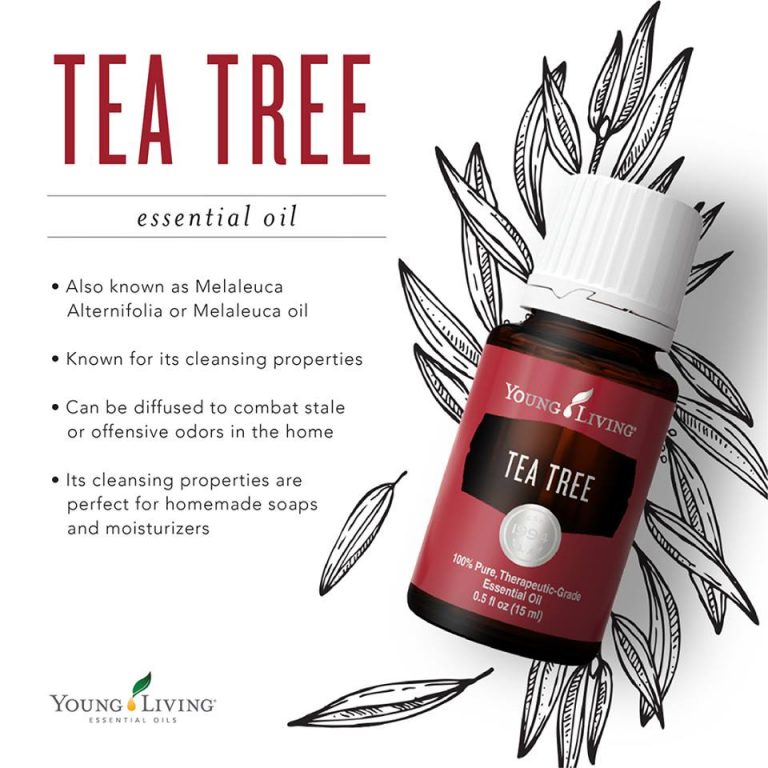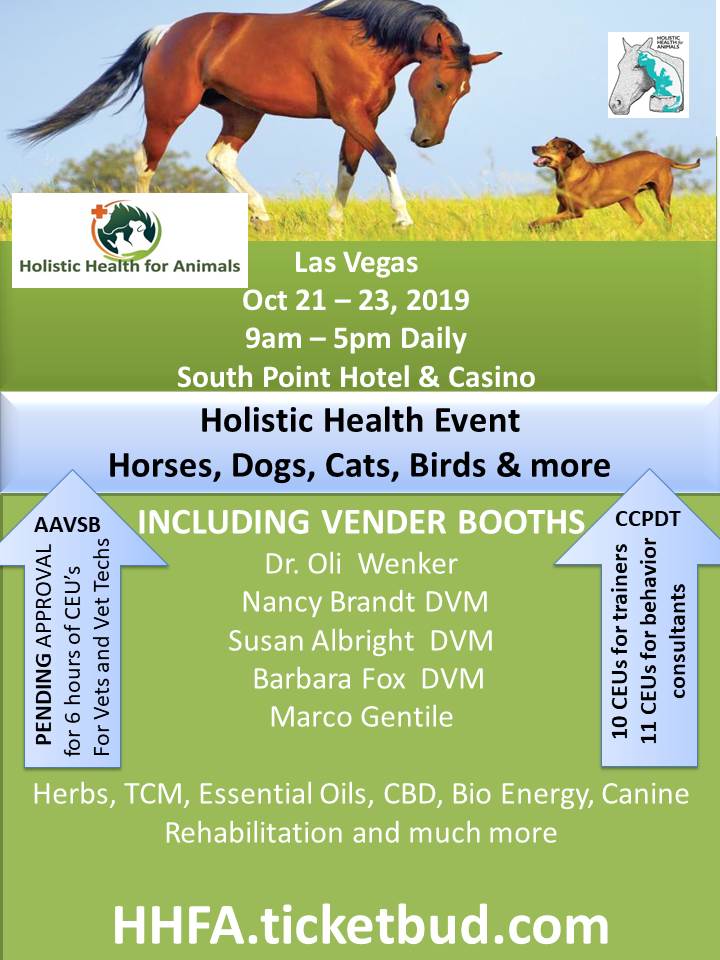This is the last of the 3 part series on Equine Chakras by Amber. You can bet I will be searching for more information! If you found this as fascinating as me please leave me a comment
or if you would like to learn more about essential oils and Chakras you can contact me here https://oily.life/katscorneressentiallysimple
Equine Chakras: Part 3
Getting to the Root of Pain & Behavioral Problems in Horses
Part 3: Equine Major & Minor Chakras
Horse and humans share similar energetic systems for the most part, and the first two articles in this Equine Chakras series covered the seven major chakras present in both species. In part 3, we explore the two major chakras that are unique to horses, and four important minor chakras. Though some animal species have their own version of the 8th and 9th major equine chakras, like elephants and whales, most domesticated animals do not. Horses possess these exceptional attributes due to their role in the evolution of collective consciousness, making them a unique connection point between the animal kingdom and mankind. This is where the unity of our species is as its best, for in partnership we are present to highest vibrations on the planet. Such is the gift of co-creation.
Most horses, however, do not have highly-developed Communion and Divine chakras, as their roles and surroundings have not led to the acceleration of these energy centers. Those who seek this type of connection with their equine partners may find it available to them through introspection and deep awareness work. Bringing this intention and presence of mind to the relationship with the horse shines a path to work at the highest levels of harmony and togetherness.
8. Communion Chakra
LOCATION: Base of withers
OTHER NAMES: Brachial chakra
ENERGETIC SIGNIFICANCE: According to Google, communion means “the sharing or exchanging of intimate thoughts and feelings, especially when the exchange is on a mental or spiritual level.” This is a perfect description of this energy center’s role in the horse’s wellbeing. The withers is a very special area for horses. This is the place of connection for mother and foal, and where friends bond and exchange love. It is sacred to the horse to be touched here, because this is where intimacy occurs. Horses do not have intimacy tied to sexual acts or sexuality the way people do, so instead it is the communion chakra that serves this purpose of deep love. Horses may have this relationship of intimacy with a riding partner, in which case the experience can be very blessed. However, this chakra does not exist “for” people; it is the horse’s own intimacy center.
AREAS OF THE HORSE: Withers, thoracic spine through mid back, nervous system.
COMMON CAUSES OF BLOCKAGES: Presumption that the horse exists for riding or work (regardless of consent), energetically imbalanced riders, riding without introduction or connection, riding without permission from the horse, intrusive behavior toward the horse, horse’s lack of privacy or ability to withdraw from interaction, lack of basic boundaries (horse forced to work in pain, illness, or severe distress; removed from food or connection with another horse), poorly fitting saddles.
PHYSICAL IMBALANCES: Back pain, withers pain and misalignment, kissing spine, difficulties fitting a saddle, pinched nerves, blocked nerves, nervous system malfunctions and conditions, “one rider” horses, mistrust of riders, horse only does the bare minimum s/he’s required to perform, rearing or crow hopping.
RECOMMENDATIONS: Take the time to establish intimacy. Form a relationship with the horse on the ground that is not based on the horse doing anything for the human by becoming friends first, and use this base to let the horse present his or her level of engagement. Ask permission to ride and work with the horse, knowing that especially in the beginning, more trust and connection may need to be established before this request is granted. When granted, treat the horse’s consent as a gift, with the same honor we would give to someone who accepted our request to dance.
From a management perspective, allow the horse privacy in the sense that they are not constantly invaded by the demands of people. Give the horse space to eat, sleep, and connect with other horses without human disturbance. Allow that the horse doesn’t need to be available for human use 24/7, and respect boundaries in the relationship regarding the horse’s physical and emotional wellbeing. Ensure correct saddle fit with frequent adjustments, and proactively manage pain. Once we are in a two-way relationship with the horse, it’s easier to cultivate awareness for anything that might be troubling him or her. Use this feedback to ensure the horse is happy and pain-free, which will further build intimacy once the horse knows we’re listening.
Finally, the energetic balance of the rider is crucial for maintaining the energetic balance of the horse. Sitting on the horse means placing the energetic field of the rider directly in this communion chakra.Disruptions in the rider’s energy are passed straight to the horse, supplanting the horse’s natural energetic balance with that of the rider’s imbalances. In this way, horse and rider are as connected energetically as human sexual partners. Conscious choice on the part of the rider can prevent energetic dumping on the horse, though ultimately the best practice is for the rider to maintain and manage his or her own energetic balance.
9. Divine Chakra
LOCATION: Front of muzzle
ENERGETIC SIGNIFICANCE: The divine chakra is where horses tap into the life force of the earth. They are reconnected and replenished in body, mind, and spirit through this connection. Eating grass and ingesting the bounties of the planet are more than just a nutritional exercise for horses; this is the process through which their bodies are reinvigorated and enlivened. Life flows through them and sustains their own. It is a spiritual act, an exchange with the earth. You might consider a grazing horse to be in prayer with the Earth through this point. Without it, they wither and die spiritually and eventually physically as well.
AREAS OF THE HORSE: Muzzle, front lips, whiskers, life force.
COMMON CAUSES OF BLOCKAGES: Lack of grazing on growing things, trimming whiskers, grazing muzzles, misery and unhappiness in life that causes the horse to disengage.
PHYSICAL IMBALANCES: Severe weight loss, dullness in spirit and coat, degradation of character and personality, lifeless living, sunburn or other irritations of muzzle and lips.
RECOMMENDATIONS: The horse is the only one who can restore this energy center to balance, but s/he must be provided with access to do so. Turnout on healthy grass is ideal, but where grass is not possible, foraging on edible plants and flowers will help. Fresh, quality hay helps but cannot replace this physical act of union.
Some horses wish to withdraw their energy or spirit from their lives if they are unhappy. Contracting the divine energy center is one way they may do so. Even if the horse is eating grass, s/he may not activate this energy center to make the energetic exchange. Human handlers will notice a drop in bodily and emotional condition. This decline may be attributed to ulcers or other causes, which are present but not the reason for the diminishing spirit. That is why horses must reactivate this energy center on their own, because it is usually their choosing to shut it down. However, their human friends can assist by helping the horse restore balance to other areas of his or her being, therefore increasing the happiness and wellbeing of the horse and inspiring new desire for the horse to remain physically present and engaged in his or her life.
Notable Minor Chakras
Hoof Chakras
LOCATION: Bottom of each foot
ENERGETIC SIGNIFICANCE: These minor chakras directly connect the horse back to the earth, offering grounding, ability to heal, understanding of environment and spatial awareness, and general security. They are energetically affected by the root and soul chakras. Horses who have severely imbalanced root chakras may withdraw their energy inward, partially disconnecting these hoof energy centers from the earth. Such animals may appear jumpy, spooky, or nervous, for they have lost their natural antennae to their environment and therefore must use their physical senses to continually scan for danger. They are unable to sense others and are easily startled by changes in their surroundings. Though humans have minor energy centers in their feet, they are distinctly different from the hoof chakras of the horse.
PHYSICAL IMBALANCES: Laminitis, thrush, quarter cracks, uneven growth, lack of feeling in feet, and other hoof afflictions.
Caudal Chakra
LOCATION: Tip of tail bone
ENERGETIC SIGNIFICANCE: This chakra is where the horse releases stagnant energy from the spine, allowing it to pass out of the body. When this chakra is out of balance, stagnant energy is instead stored within the body, affecting joints and bone and creating degeneration, arthritis and stiff or swollen joints. The balance of this chakra is affected by the root and sacral energy centers. Releasing this stored energy on a regular basis through acupuncture/acupressure, massage, or energy work will help the horse, though the underlying energetic blockages must be cleared for overall wellbeing.
PHYSICAL IMBALANCES: Arthritis, bone degeneration, stiff joints, inflammation in spine, subluxation and poor spinal health.
Song Chakra
LOCATION: Tip of the ears
ENERGETIC SIGNIFICANCE: This energy center imbues the horse with his or her unique expression of living. It creates the “specialness” of each horse and his or her own particular energetic pattern. It’s is the magic of the being, the distinct expression of energy that makes up him or her. The song chakra is impacted by the soul chakra and throat chakra. When the song chakra is out of balance, the horse may have difficulty physically being in the world, as their personal energetic pattern is disrupted. This can create unusual symptoms and behaviors, like horses who seem to mentally disappear and return. They lack the sense of uniqueness needed to stay in their bodies. Such horses benefit from reminders of who and where they are to help them stay present in their bodies.
PHYSICAL IMBALANCES: Confusion and fear, sense of misfit, episodes of the horse “checking out” or seeming to be elsewhere, not quite fitting into the world.
Glamour Chakras
LOCATION: One at each point of shoulder where scapula and humerus meet
ENERGETIC SIGNIFICANCE: These chakras broadcast the heart of the horse – his or her passion, energy, exuberance, and being – out to the world, like a beacon for other horses to know him or her. Horses with immense flash and show presence have strong glamour chakras, broadcasting this energy so that others are drawn to their beauty. The glamour chakras allow horses to know and learn each other’s presence and behavior even without sight such that they can function and coordinate as a herd at all times. The glamour chakras are impacted by the heart and throat chakras. Imbalance in the heart chakra creates very low energy glamour chakras, which may create suspicion for other horses. A wild horse with imbalanced glamour chakras would be ostracized and kept at a distance, for the herd would have difficulty reading and accepting this animal. There does not appear to be a human equivalent for this equine energy center.
PHYSICAL IMBALANCES: Uneven shoulder joints, turned-out elbows, broken shoulders, lack of presence, lack of physical or energetic appeal, horses who are kept at the outskirts of the herd, horses who frequently scare or spook other horses.
Conclusion: Horses as Mirrors
Having an understanding of the horse’s energy and how it creates physical imbalances helps us understand how our own behaviors, attitudes, and ways of working with the horse impact their lives and wellbeing. It is this lesson that is most important to learn regarding the chakras, for in their partnership with people, horses offer a us a tremendous gift: they are a direct reflection of our own energetic states. Our relationships with our horses, including their health and behavioral problems, mirror our own imbalances back to us for us to see. Though we may not have caused these imbalances in the horse, we bring our energy to every relationship, so our own patterns and imbalances manifest in all of our interactions. It would be correct to say that we highlight our own imbalance in those around us, which is why some people may find the same underlying problems showing up even when they change horses again and again. We cannot get away from ourselves, after all. Moreover, like attracts like, so all of the animals with whom we partner are a match to our energy, both the good and the unpleasant aspects, even if we have not had them for very long.
Consequently, working with horses brings us a tremendous opportunity, as the path restoring our own balance may be walked in tandem with the horse. When we listen to our horses, we begin to open our hearts and eyes to our own selves. We begin to hear the language of our own body and soul, for it is the same as that of the horse. This co-creation is the way to divine connection and true partnership. Allow the horse to be your guide you by showing you the mirror.

